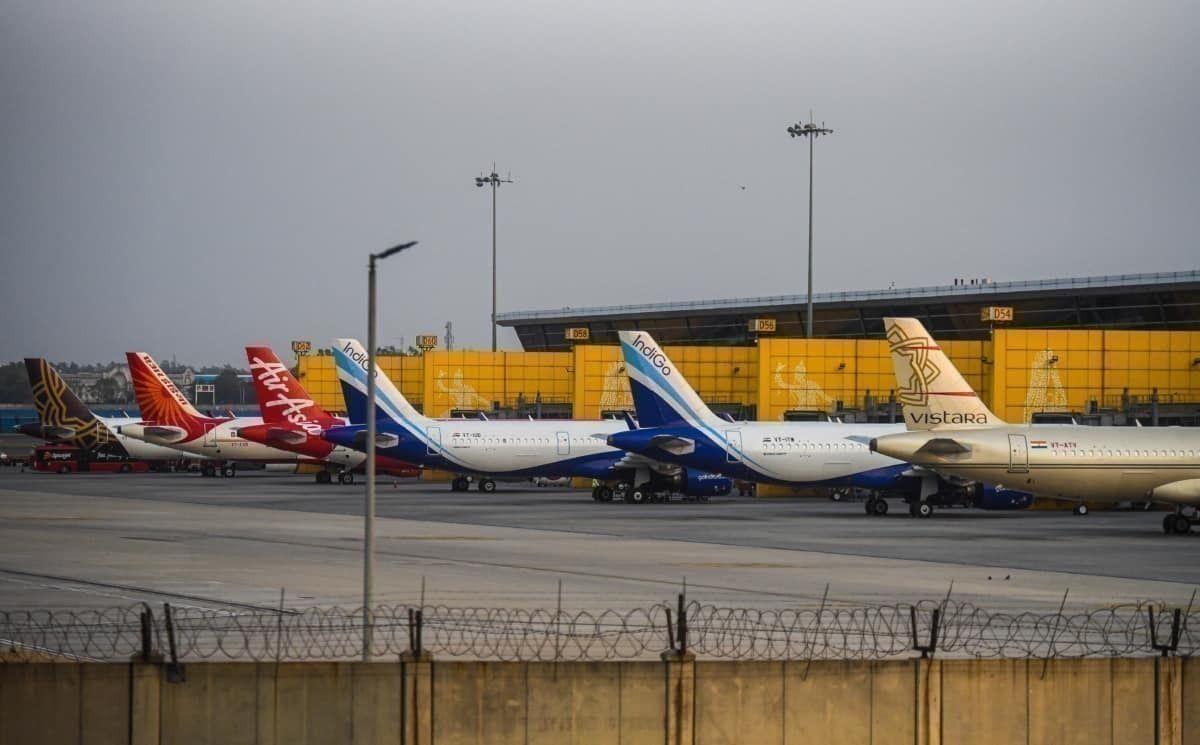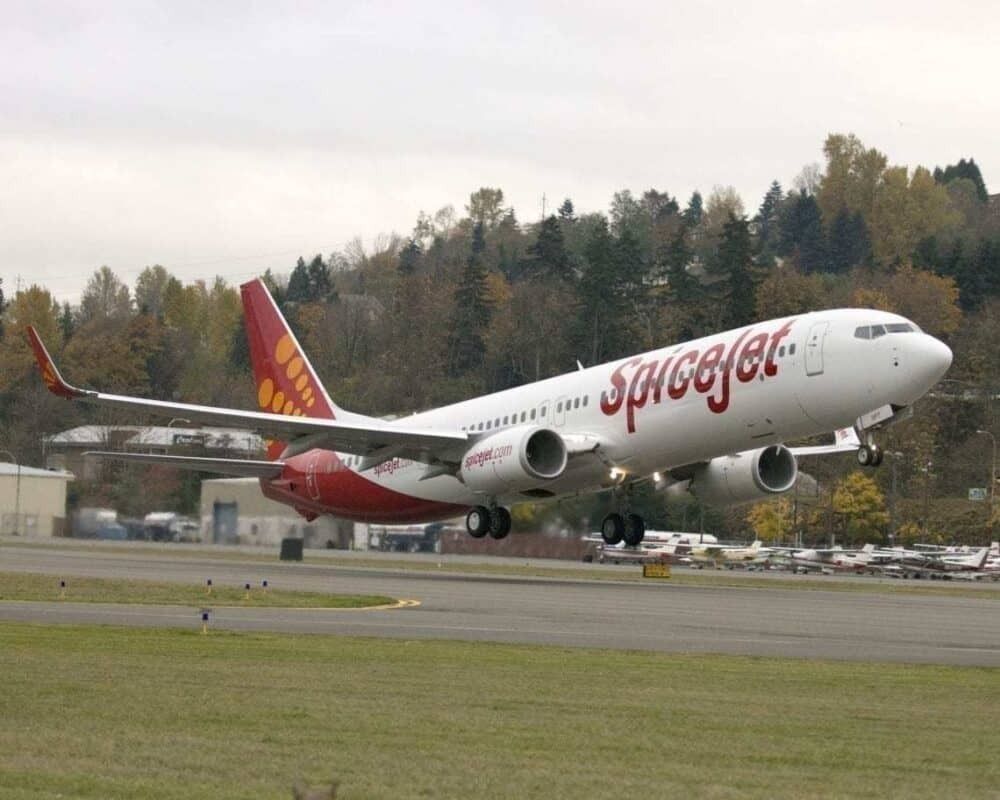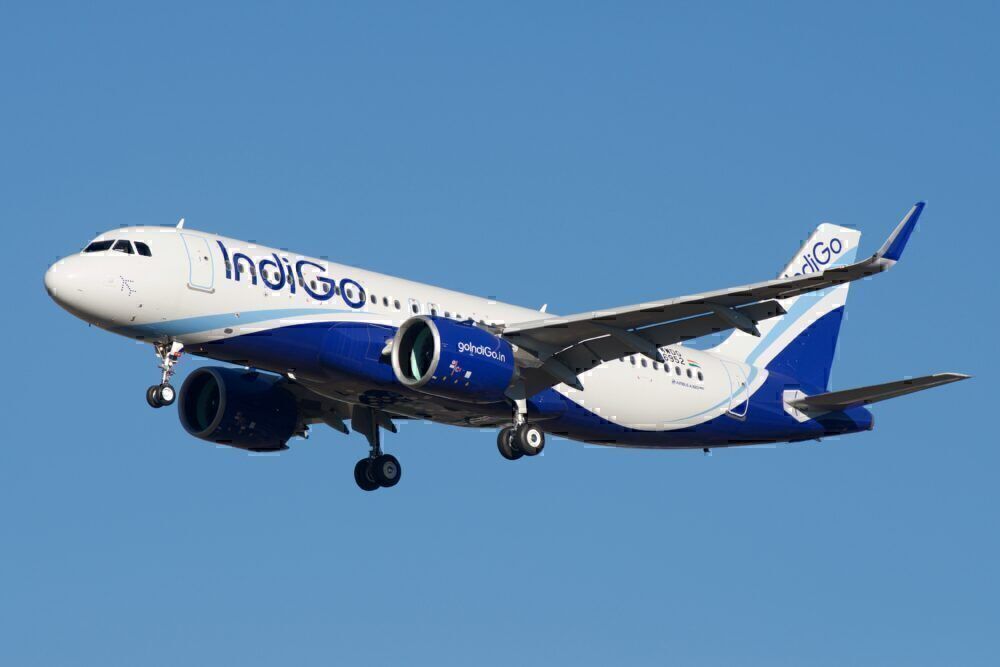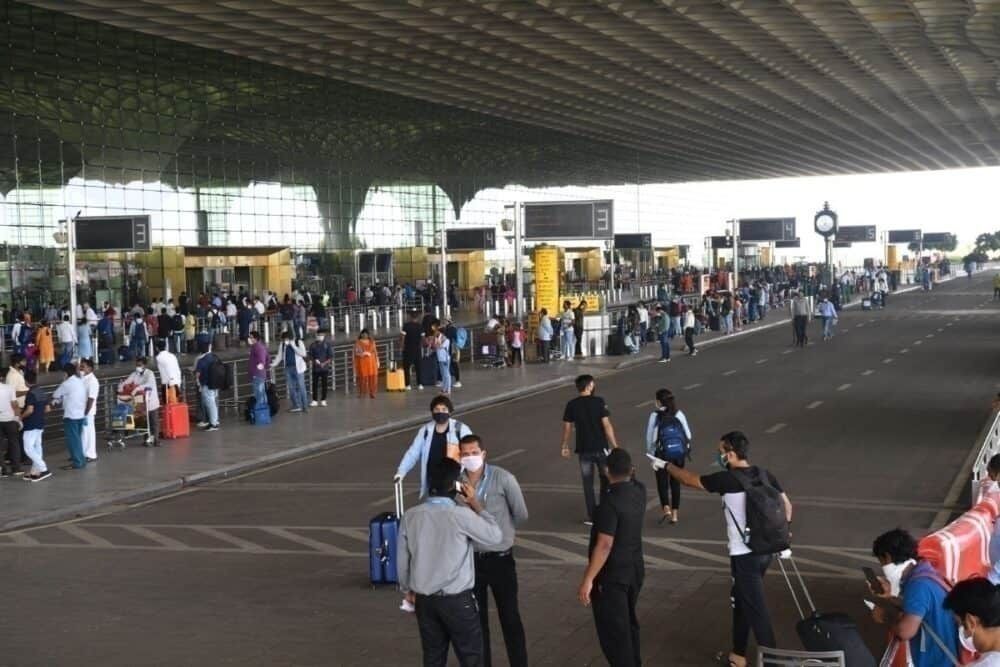India's aviation regulator has authorized just under 13,000 domestic flights for the winter season, starting 1st November. The figure is 44% lower than last year's winter season and in line with current airline capacity limits. However, the new figure could prove to be a ceiling for airlines if current recovery trends hold.
Smaller winter schedule
This week, the DGCA approved 12,983 flights for the winter 2020 season, one of the busiest for Indian airlines. The total number of flights is down 56% from last year's figure of 23,307 flights and is based on the government's current 60% capacity restriction.
As of September, airlines have reached 46% of last year's capacity and continue to add more seats every month. Airlines have been given a set number of flights depending roughly on their current market share, which has seen some airlines lose a significant number of flights compared to last winter.
Stay informed: Sign up for our daily aviation news digest.
SpiceJet has been impacted the most by capacity reductions, flying 55% fewer flights than it did last winter. Air India has also been reduced by 50% and GoAir is down 48% from last year. Other airlines have seen drops by around 40% (in line with the 60% capacity limit), according to the Times of India.
Growth continues
Despite the current situation, India's aviation growth has held steady in the last few months. Over 150,000 passengers are flying every day, with passenger numbers continuing to grow as COVID cases begin to reduce. Airlines have responded similarly, with over 1,300 daily domestic flights in the country this week.
With this level of growth, the government is reportedly considering increasing the capacity restrictions to 75%. A capacity increase would allow airlines to add more routes to meet rising demand. No official announcement has been made yet on this yet, but caps have been increased from 33% to 60% in the last five months.
The winter season tends to a strong one for airlines, with the festival and winter holidays offering leisure passengers. However, this year's crisis could mean airlines miss out on this usual bump as leisure travel remains low.
Difficult months
While airlines have been adding capacity, passenger recovery has been much slower. As of last month, passenger counts were still down 66% year-on-year. Load factors were also around 63%, far lower than last year's 85%. This has made a significant dent in airline revenues, as losses continue to mount.
However, there is a bright spot. India's COVID-19 cases have fallen substantially in the last month, with daily cases now 50% lower. This could have a ripple effect on the aviation industry, giving passengers the confidence to fly safely in time for the winter season. Airlines have been putting in effort to focus on hygiene and ensure the traveling experience is as sanitary as ever.
Have you traveled during this pandemic? Did you find it safe? Tell us about your experience in the comments below!




